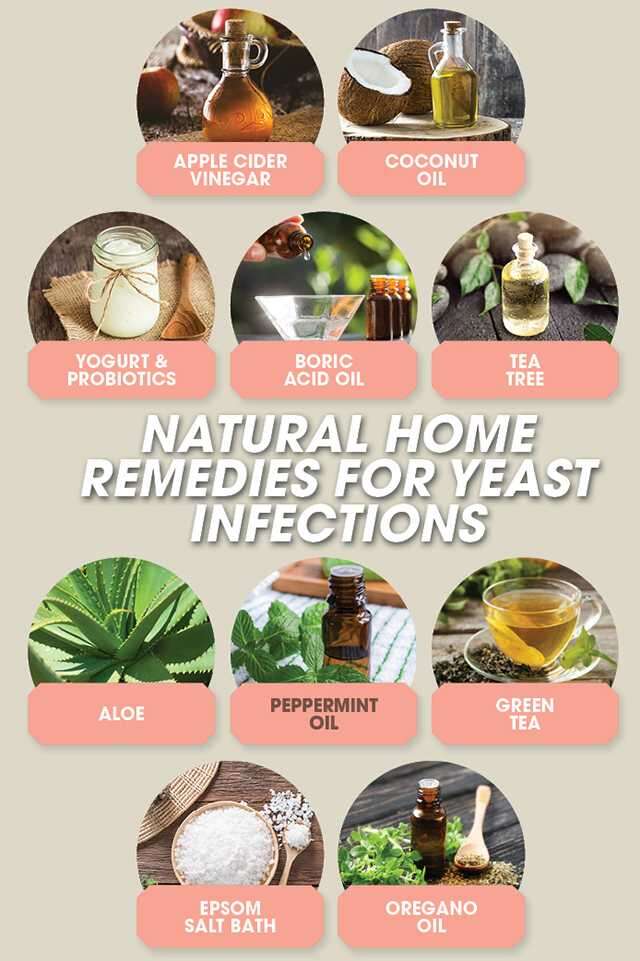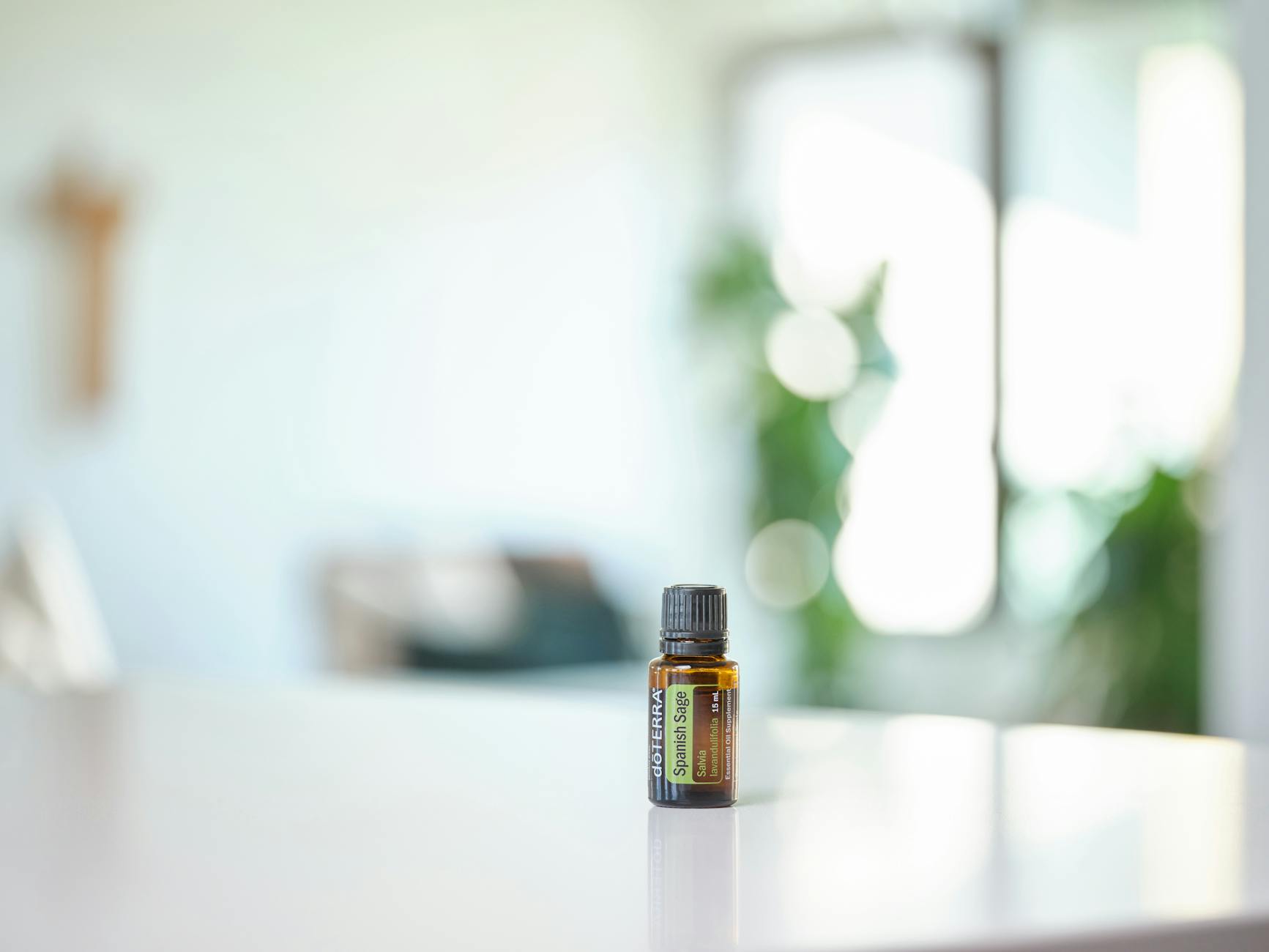Discover the ultimate guide to beating yeast infections with these top treatment tips that will leave you feeling confident and refreshed.
Table of Contents
- Introduction: What’s the Itch About?
- Understanding Yeast Infections
- Spotting the Signs
- When to See a Doctor
- Yeast Infection Treatment 101
- Using Probiotics as a Shield
- Supporting Your Immune System
- Preventing Yeast Infections
- The ‘Don’ts’ in Yeast Infection Care
- Conclusion: Becoming Yeast-Savvy
- FAQs about Yeast Infections
Introduction: What’s the Itch About?
Have you ever felt an annoying itch that just won’t go away? Imagine trying to scratch it, but it keeps coming back. Well, that’s a bit like what a yeast infection feels like. Let me tell you a story to explain.
Meet Lily, a cheerful girl who loves playing outside and eating yummy snacks. One day, Lily noticed something strange – a constant itch that made her feel uncomfortable. She told her mom about it, and they visited the doctor together. That’s when they found out Lily had a yeast infection.
But what exactly is a yeast infection? Let’s dive in and uncover the mystery behind this pesky itch.
Understanding Yeast Infections
Yeast infections are caused by an organism called candida, which is a type of yeast. Normally, candida lives in our bodies, particularly in warm and moist areas like the mouth and vagina.
When Yeast Causes Trouble
Sometimes, yeast can grow too much and cause an infection when the balance in our bodies is disrupted. Factors like taking antibiotics, having a weakened immune system, or wearing tight clothing can lead to yeast overgrowth and infections.
Spotting the Signs
Yeast infections can be sneaky, but there are some signs that can help you figure out if you have one. Let’s explore the common symptoms that might indicate a yeast infection.

Image courtesy of www.pinterest.com via Google Images
Common Symptoms
One of the most telltale signs of a yeast infection is itching. If you find yourself feeling itchy down there, especially in and around the vagina, it could be a sign that there’s too much yeast hanging out. You might also notice redness or swelling in the same area. It can be uncomfortable and irritating, but knowing these symptoms can help you spot a yeast infection early.
When to See a Doctor
It’s essential to know when to seek help from a doctor for your yeast infection. Consulting a healthcare professional can provide you with the proper diagnosis and treatment to help you feel better quickly.
Asking for Help
If you experience severe symptoms such as intense itching, burning, or unusual discharge, it’s crucial to reach out to a doctor. They can confirm if you have a yeast infection and recommend the appropriate treatment. Remember, doctors are here to help you feel better, so don’t hesitate to ask for their guidance.
Yeast Infection Treatment 101
When it comes to treating yeast infections, it’s essential to know the best methods to get rid of that pesky itch. One of the most common ways to treat a yeast infection is through the use of antifungal medications. These medications are specifically designed to target and eliminate the yeast causing the infection.

Image courtesy of za.pinterest.com via Google Images
Antifungal Medications
Antifungal medications come in various forms, such as creams or pills, and work by killing the yeast that is causing the infection. These medications are usually applied directly to the affected area, helping to alleviate symptoms like itching, redness, and discomfort.
It’s important to follow the instructions provided by your healthcare provider when using antifungal medications to ensure that you are using them correctly and effectively. In some cases, your doctor may recommend a combination of different treatments to tackle the yeast infection more comprehensively.
By understanding how antifungal medications work and following your doctor’s guidance, you can effectively treat yeast infections and get back to feeling your best in no time.
Using Probiotics as a Shield
Probiotics can be like your body’s shield, protecting you from unwanted invaders like yeast infections. But what exactly are probiotics and how do they work?
What are Probiotics?
Probiotics are tiny living organisms, often referred to as “good bacteria,” that help keep your gut and body healthy. They can be found in certain foods like yogurt, kefir, and sauerkraut, or taken as supplements.
| Tips | Description |
|---|---|
| 1 | Avoid sugary foods and refined carbs. |
| 2 | Use probiotics to restore healthy gut flora. |
| 3 | Limit alcohol and caffeine consumption. |
| 4 | Consider natural antifungal supplements. |
| 5 | Practice good hygiene and keep affected areas clean and dry. |
These friendly bacteria work by maintaining a delicate balance in your digestive system, crowding out harmful bacteria and yeast like the one causing a yeast infection. By keeping everything in check, probiotics can help prevent infections from occurring.
Supporting Your Immune System
Having a strong immune system is like having an army inside your body that fights off germs and keeps you healthy. Here are some things you can do to help your immune system stay strong and guard you against infections like yeast.

Image courtesy of www.pinterest.com via Google Images
Healthy Habits
One of the best ways to support your immune system is by practicing healthy habits every day. Eating nutritious foods like fruits, vegetables, and whole grains can give your body the vitamins and minerals it needs to stay strong. Remember to drink plenty of water to keep your body hydrated, and try to limit sugary snacks that can weaken your immune system.
It’s also important to stay active by playing outside, riding your bike, or dancing to your favorite songs. Exercise helps your body stay strong and ready to fight off any germs that try to make you sick.
Home Remedies: Do They Work?
When faced with a yeast infection, you might have heard about various home remedies that promise relief. But do these solutions actually work, or are they just old wives’ tales? Let’s take a closer look at some popular natural remedies and whether they can help treat yeast infections.
Natural Solutions
Many people turn to home remedies like applying yogurt or garlic to the affected area or soaking in a bath with apple cider vinegar to relieve yeast infection symptoms. While these remedies have been passed down through generations, it’s essential to approach them with caution.
Yogurt contains probiotics, which are beneficial bacteria that can help restore the balance of good bacteria in your body. However, simply applying yogurt externally may not have the same effect as consuming probiotics in supplement form. Similarly, garlic is believed to have antifungal properties, but there is limited scientific evidence to support its efficacy in treating yeast infections.
Apple cider vinegar is another popular remedy due to its acidic properties, which may help create an inhospitable environment for yeast. While some people find relief from adding a few cups of apple cider vinegar to a warm bath, it’s crucial to dilute the vinegar properly to prevent skin irritation.
Overall, while some home remedies may provide temporary relief, they are not a substitute for proven medical treatments like antifungal medications prescribed by a healthcare professional. If you decide to try a home remedy, it’s essential to consult with your doctor first to ensure it’s safe and effective for your specific situation.
Preventing Yeast Infections
Yeast infections can be uncomfortable and bothersome, but there are ways to lower the risk of developing one. By taking simple steps to care for your body, you can help keep yeast growth in check.
Staying Clean and Dry
One of the best ways to prevent yeast infections is to keep your body clean and dry. Yeast thrives in warm, moist environments, so taking showers regularly and drying off thoroughly afterward can help prevent its overgrowth. Make sure to change out of wet clothes, like swimsuits or sweaty gym clothes, as soon as possible to avoid creating a breeding ground for yeast.
Friendly Foods
Another effective way to stave off yeast infections is by incorporating probiotic-rich foods into your diet. Probiotics are good bacteria that help maintain a healthy balance in your gut and can prevent yeast overgrowth. Foods like yogurt, kefir, sauerkraut, and kimchi are natural sources of probiotics and can be delicious additions to your meals. By including these foods in your diet regularly, you can promote a healthy environment in your body that discourages yeast from causing infections.
The ‘Don’ts’ in Yeast Infection Care
When dealing with a yeast infection, it’s crucial to steer clear of certain things that can worsen the condition. Here are some important ‘Don’ts’ to keep in mind:

Image courtesy of www.femina.in via Google Images
1. Don’t use scented products in sensitive areas. Perfumed soaps, feminine hygiene products, and scented lotions can disrupt the natural balance of bacteria and yeast in the body, making the infection more severe.
2. Don’t wear tight clothing. Tight-fitting clothes, especially synthetic fabrics that don’t allow your skin to breathe, can create a warm, moist environment that promotes yeast growth. Opt for loose, breathable fabrics like cotton to help keep the area dry and prevent further irritation.
3. Don’t douche. It may be tempting to try and clean out the infection, but douching can actually push harmful bacteria further up into the reproductive system, worsening the infection.
By avoiding these irritants and following proper treatment protocols, you can help manage your yeast infection more effectively and prevent it from getting worse. Remember, when in doubt, always consult with a healthcare provider for the best advice.
Conclusion: Becoming Yeast-Savvy
Now that you know all about yeast infections and how to treat them, it’s time to become yeast-savvy! Remember, keeping a healthy balance in your body is key to preventing yeast overgrowth and infections. Here’s a quick recap of what you’ve learned:
Firstly, understanding what yeast is and how it can cause trouble when it grows too much is essential. Yeast, like candida, is a type of organism that usually lives in our bodies. But when it starts causing itching and redness, that’s when we know there’s a yeast infection.
When you spot those common symptoms, like itching and redness, don’t hesitate to ask for help. It’s important to consult a doctor when you suspect a yeast infection. They can recommend antifungal medications that help in treating the infection effectively.
Probiotics are your shield against yeast infections. These good bacteria can maintain a healthy balance in your body and prevent yeast overgrowth. Don’t forget to include probiotic-rich foods in your diet for added protection.
Supporting your immune system is another crucial step in preventing yeast infections. By practicing healthy habits like eating well and staying active, you can give your immune system the boost it needs to fight off infections.
Remember to stay clean and dry to prevent yeast from multiplying. Personal hygiene plays a significant role in keeping yeast infections at bay. Also, opt for friendly foods that contain probiotics to help in the prevention of infections.
Above all, make sure to avoid irritants that can worsen a yeast infection. Certain products or behaviors can irritate the infection and make it harder to treat. Be mindful of what you use on your body during this time.
In conclusion, by becoming yeast-savvy and practicing the good habits you’ve learned, you can effectively manage and prevent yeast infections. Stay proactive in taking care of your body, and you’ll be on your way to a healthier, happier you!
FAQs about Yeast Infections
Can I get a yeast infection from swimming pools?
Yeast infections are actually not caused by swimming pools. These infections are mainly triggered by an imbalance in the candida yeast that naturally lives in our bodies. However, swimming in pools that are not properly maintained or sitting around in wet swimsuits for too long can create a moist environment where yeast can thrive.
Do boys get yeast infections?
Yes, boys can get yeast infections too. While it’s more common in girls due to hormonal differences, boys can also experience yeast overgrowth leading to an infection. Just like with girls, boys can develop yeast infections in warm and moist areas of the body, such as the groin region. It’s essential for both boys and girls to maintain good hygiene and seek medical advice if they suspect a yeast infection.





